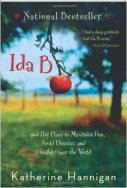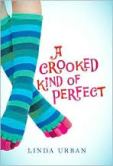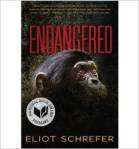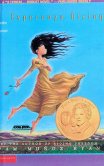 I met Raina Telgemeier at the San Diego Comic Con a few years ago, and told her that her book Smile was the most frequently
I met Raina Telgemeier at the San Diego Comic Con a few years ago, and told her that her book Smile was the most frequently stolen borrowed (and disappeared) from my classroom library. Kids really love her work!
I got to see her speak again this past summer as well, and this time she was talking about her new book, Ghosts. I just knew I’d have to buy at least one copy (so far) for my class, and sure enough the very next day after it came out, I had a waiting list of students wanting to borrow it. I haven’t seen the book since, actually. I hope it’s okay and will make its way back eventually!
This story is about two sisters, and how their family has to move to a small seaside town in northern California because the younger sister, Maya, has a lung disease called cystic fibrosis. The cool, damp, salty air is supposed to help Maya to breathe better. Catrina understands this, but it is still difficult to make a big move to a new school, and having Maya’s illness on her mind is stressful. Thankfully she meets some good friends at her new school, and one boy is very interesting. His name is Carlos, and he reveals that their town is crawling with ghosts! Cat is scared by this, but Maya is intrigued, and wants to know more. Their town, Bahia de la Luna, has a big celebration for El Dia de los Muertos, and it is here that Cat has to face some of her fears about death and the possibility of her little sister dying. Are ghosts real, are they memories that we hold on to, or can they be both? Either way, this book is about learning to celebrate life.
As always, the illustrations are bright and colorful, and the characters are highly relatable. As an adult reader and mom, I really felt for the parents, too, as they tried to accommodate and assure both of their daughters. I loved the bigger message behind this book, and I’m thankful to be able to sit and reflect on it this rare, rainy afternoon.
This book has an AR level of 2.6 and is worth 1 point. A great one-sitting read, and extremely popular at our book fair last week. (See, I knew it!)








